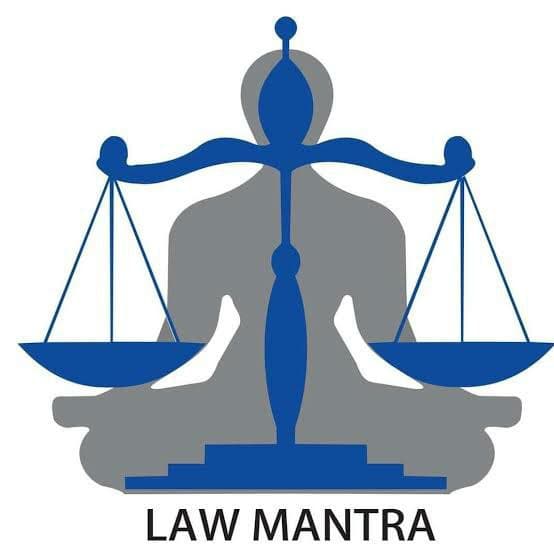
Faculty Seminar | Exploring ‘humiliation’ in Section 3 (1) (r) of Prevention of Atrocities Act, 1989
In this week’s faculty seminar, Dr. Ashna Singh will be presenting on her paper titled “Exploring ‘humiliation’ in Section 3 (1) (r) of Prevention of Atrocities Act, 1989” on Wednesday, 10th January, 2024. Dr. Karthikeyan D will be the discussant.
Abstract
The Prevention of Atrocities Act, 1989 criminalizes, amongst other things, in Section 3(1)(r) – anyone who not being a member of a scheduled caste or scheduled tribe “intentionally insults or intimidates with intent to humiliate a member of a Scheduled Caste or a Scheduled Tribe in any place within public view.” The use of caste names as slurs is covered under this section. This Act was brought about to protect SC/ST members from retaliations by non-SC/ST persons when the former would try to assert their rights. Humiliation by use of caste slurs is a form of retaliation. There have been a series of judgments in recent times from courts across the country that particularly dwell on the aforementioned offence. However, courts tend to interpret this provision very narrowly. The problem persists also because of how the provision itself is worded. The meanings of intentional insult, humiliation, and public view are unclear.
This paper aims to analyze how courts interpret this section, particularly in light of the word ‘humiliate.’ The idea of humiliation becomes important especially because the insult must take place ‘in public view.’ In case of the general offence of defamation, it is enough when at least one other person is privy to one’s defamation (whether stranger or not) but for an SC/ST person to have been insulted, the court likes to see if there has been some sort of spectacular humiliation of the victim. As per courts, this spectacularity is achieved when the humiliation occurs preferably in front of people (i.e., public) who are strangers to the victim and also preferably at a public place. Courts also tend to conflate ‘public view’ with ‘public place,’ thus furthering the private-public separation that Ambedkar recognized for its artificiality.
It is proposed in this paper that a purposive interpretation of this provision will further the object of the Act. In particular, it proposes to foreground the word ‘humiliate’ in Section 3(1)(r) of the Act by relying upon Gopal Guru’s edited volume titled ‘Humiliation: Claims & Context.’ Thinking of humiliation in its historical and present sociological context may therefore aid in understanding the meaning of ‘intentional insult’ in using a caste slur as well as help in revealing the artificial distinction between the public and the private.
For More Details Click HERE
